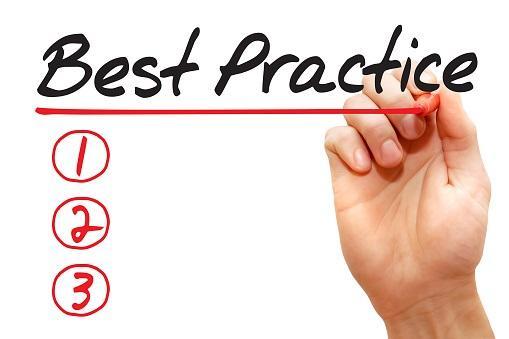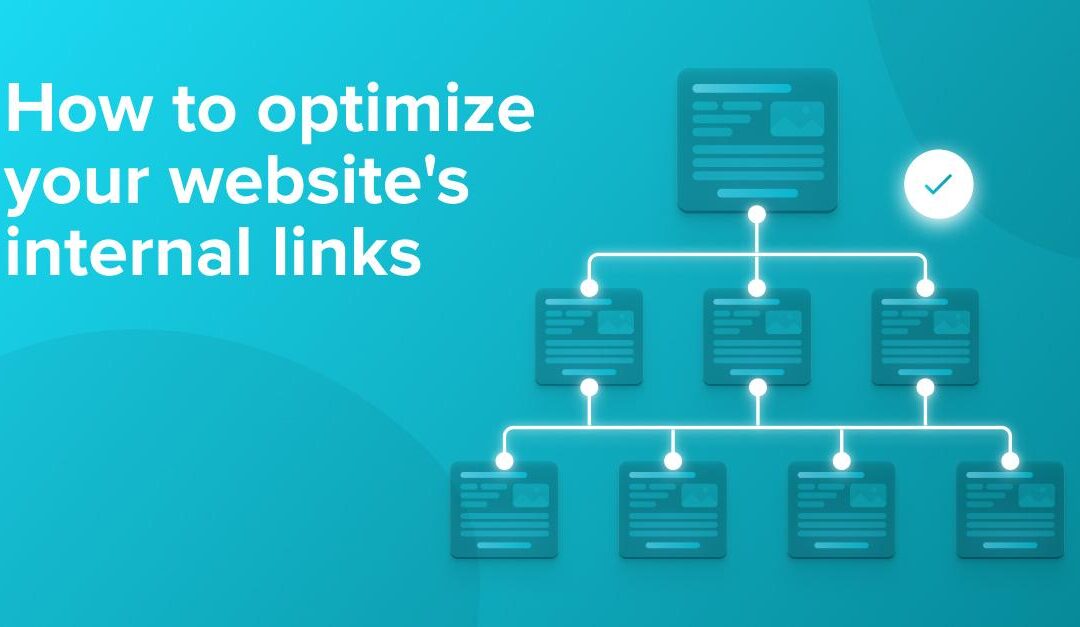In the vast digital landscape where details flows freely, internal links serve as the invisible pathways that guide readers through the intricacies of a website. Like the subtle threads in a tapestry,thes links connect related content,creating a cohesive narrative that enhances user experience and engagement. As both a navigational tool and a vital component of search engine optimization, internal links play a crucial role in shaping how content is discovered and understood. In this article, we will explore the importance of internal linking, uncover best practices for implementation, and reveal how this understated yet powerful strategy can elevate your website’s performance and readability.Join us as we delve into the art and science of internal links, illuminating thier essential contribution to the digital storytelling tapestry.
Exploring the Art of Internal Linking for Enhanced SEO Performance
Internal linking is a powerful yet often underutilized strategy that can considerably boost your site’s SEO performance. By connecting related content through hyperlinks within your own website, you can create a network of information that not only enhances user experience but also aids search engines in understanding your site’s structure. Here are some **key benefits** of internal linking:
- Improves **site navigation**, making it easier for users to find related content.
- Increases **page authority** by distributing link equity across your website.
- Encourages visitors to spend more time on your site, reducing bounce rates.
- Enhances **crawlability** of your website for search engines, allowing better indexing.
When implementing a strategy for internal linking, it’s vital to consider both quantity and quality. Aim for a natural flow of links that adds value to the reader’s experience, rather than simply inserting them for SEO purposes. **Best practices** for effective internal linking include:
- Using **descriptive anchor text** that provides context for the linked content.
- Linking to critically important pages to bolster their visibility.
- Regularly auditing and updating links to ensure they remain relevant.
- Utilizing a logical structure that reflects your site hierarchy.

The impact of Internal Links on User Experience and Navigation
Internal links serve as the connective tissue within a website, guiding users through a curated digital journey. By strategically placing links to other relevant pages or posts, these navigational aids enhance user experience by enabling visitors to discover related content effortlessly. This seamless flow encourages users to spend more time on the site, reducing bounce rates and increasing engagement. When users can easily navigate from one piece of content to another, it fosters a sense of exploration and keeps them invested in the site’s offerings.
Moreover, effective internal linking not only improves navigation but also aids in comprehending the overall site structure. Users can grasp the hierarchy of content, identifying which topics are most relevant to their interests. Key benefits of employing internal links include:
- Enhanced User Engagement: Encourages deeper exploration of content.
- Improved Site Structure: Clarifies the relationship between various pages.
- SEO Advantages: Helps search engines understand the content hierarchy.
The integration of internal links can be further exemplified in the following table showcasing their effectiveness:
| Page Type | Linking Strategy | User Benefit |
|---|---|---|
| Blog Posts | Link to related posts | Increases time on site |
| Product Pages | Link to customer reviews | Boosts purchase confidence |
| Service Descriptions | Link to case studies | Builds credibility |

Strategic Placement of internal Links to Boost Content Authority
Effectively harnessing the power of internal links not only enhances navigation but significantly boosts content authority. By strategically placing links within your content, you guide readers to related topics, fostering a comprehensive and cohesive reading experience.Focus on **contextual relevance**, ensuring that the linked articles provide additional value and insights. this practise helps search engines understand the structure and hierarchy of your content, ultimately leading to improved indexation and ranking.
To maximize the impact of your internal linking strategy, consider employing methods like the following:
- Link to cornerstone content: Direct readers to your most important articles to establish a network of credible information.
- Use keyword-rich anchor text: Choose descriptive phrases that accurately represent the linked content, improving SEO.
- Keep it natural: Integrate links seamlessly into the text, avoiding forced placements that disrupt the flow of the narrative.
| Link Type | Description |
|---|---|
| Contextual Links | Links embedded within the content, relevant to the topic discussed. |
| Sidebar Links | Links featured in a sidebar, promoting related posts and popular content. |
| Breadcrumb Links | pathway links that enhance user navigation and enhance site structure. |

Best Practices for Crafting Descriptive Anchor text in Internal Links
When developing internal links, the anchor text should serve as a clear, concise guide that informs users about the nature of the linked content.This means opting for **descriptive phrases** instead of generic terms like “click here” or “read more.” By doing so, not only do you enhance user experience, but you also bolster your site’s SEO. Consider using anchor texts that include relevant keywords while ensuring they flow naturally within the context. As a notable example:
- Rather of “learn more,” use “Discover our comprehensive guide on [topic].”
- Replace “click here” with “explore our tips for [specific aspect].”
Effective anchor text also involves being mindful of **link placement** within the content. Each hyperlink should be strategically positioned to lead readers toward valuable resources seamlessly. Ensure that the surrounding text supports the link and offers context on the topic. Below is a simple depiction of effective vs. ineffective anchor text.
| Ineffective Anchor Text | Effective Anchor Text |
|---|---|
| Read this | Explore our detailed analysis on [topic]. |
| Click here | Learn about our techniques for [issue]. |
Wrapping Up
the art of internal linking is an essential thread woven into the fabric of effective web design and content strategy. By thoughtfully connecting your content, you not only enhance the user experience but also signal to search engines the cohesion and relevance of your site. As you forge links between your pages, remember that each connection is an prospect—an opportunity to guide your readers deeper into your content, to encourage exploration, and to boost your SEO efforts.So, as you embark on your journey of optimizing internal links, consider it not just a technical task, but a chance to create a more engaging and accessible digital landscape for all who wander through your website. With each link you craft, you pave the way for discovery, understanding, and connection within your online realm. Happy linking!

